Future Observatory, the Design Museum’s research programme for the green transition, has unveiled a Stone Demonstrator to showcase the use of pre-tensioned stone as a low-carbon construction material
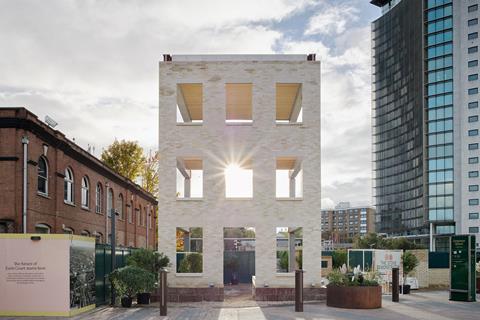
The public installation has been designed by GROUPWORK architects with engineers Webb Yates and Arup. It acts as both a 1:1 scale research tool and a call for the construction industry to hasten its efforts to transition to low-carbon materials.
The demonstrator is made of stone blocks connected by steel tendons and compressed to create pre-tensioned beams and columns. Underpinning its design is the ancient understanding that stone is excellent at carrying compressive loads but fails under tension. (The “pre-tensioned” refers to tension in the steel – which induces compression in the stone.)
The structure has a self-supporting facade of stone bricks that are at least 90% lower in carbon emissions than London’s vernacular fired clay bricks. Floorplates are a mix of pre-tensioned stone slabs, combined with timber joists, and the roof is made from dowel-laminated timber.
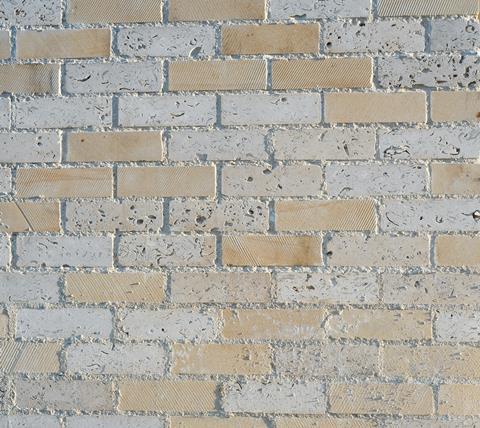
The equivalent structure built using a steel frame with a clay brick facade would embody around 40,000kg of carbon dioxide, while a frame made of reinforced concrete with a brick facade would embody 32,000kg of CO₂. By comparison, the Stone Demonstrator embodies only 3,000kg of CO₂ – around 92% lower than steel or concrete. Another potential advantage of the pre-tensioned stone frame is that it is prefabricated, requiring less construction time on site than traditional methods. The modular elements of the structure can also be dismantled and reused.
Alongside the Stone Demonstrator, Future Observatory has also funded engineers at University College London, led by Professor Wendel Sebastian, to develop a guide to designing stone structures. This aims to be a tool to help make it easier for the construction industry to adopt stone structures and a key step towards a building code for stone.
Located in Empress Place, on the Earls Court Development site, the demonstrator is three storeys tall, with the ground floor and adjoining park open to the public. It is funded by Future Observatory in partnership with the UKRI Arts and Humanities Research Council.
GROUPWORK and Webb Yates have collaborated on previous stone demonstrators: the Stone Theatre in 2014 and New Stone Age exhibition in 2020. Amin Taha, founder and chairman of GROUPWORK, said, “This structure brings together almost two decades of prototyping and testing by Webb Yates, the Stonemasonry Company, Ateliers Romeo and Arup. Its purpose is not to promote stone for sentimental reasons but as an ultra-low-carbon alternative to reinforced concrete and steel structures clad in fired clay bricks. At 90 per cent less embodied carbon than concrete and steel frames and fired clay bricks, it is the ethical choice.”
Steve Webb, board director of Webb Yates, added, “The stone in this frame is produced with a fraction of the energy required to produce the alternative materials. Adopting stone as a staple building material would close coal mines and not require their replacement with green alternatives.”
The Stone Demonstrator is at Empress Space, Earls Court, SW6 1TT.
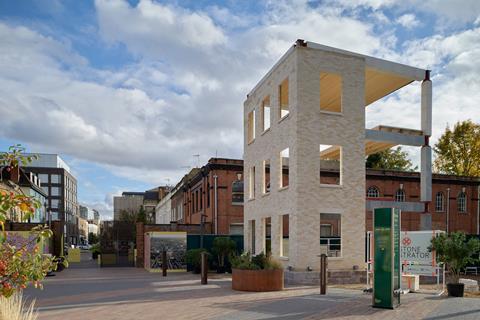


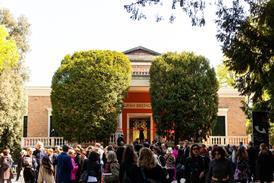
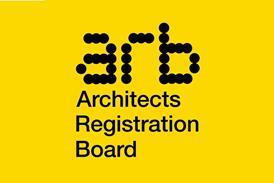
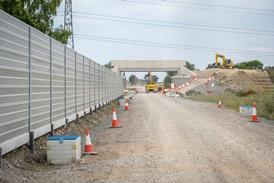


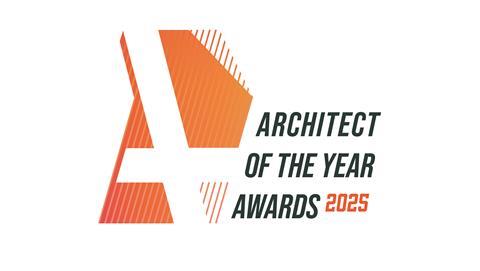
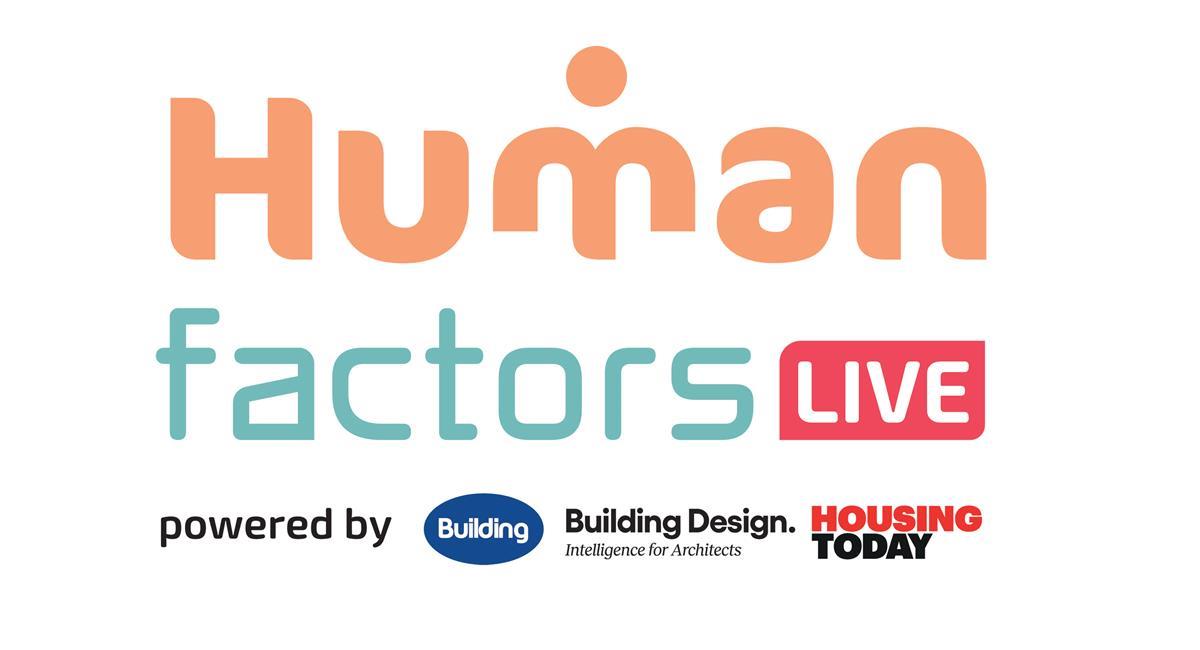







1 Readers' comment